With the new Terrafugia TF-X scheduled to launch in 2021, we remember seeing the firm's first flying car model, the Transition.
Take the high road - the Terrafugia Transition
This article first appeared in Autocar on 18 April 2012
What you’re looking at is not a piece of existential origami but just possibly the answer to a question almost 100 years in the asking. Flying cars were theorised as long ago as 1918 and were hopping, skipping, jumping and quite often crashing long before the start of World War Two.
But while many have been designed and quite a few built, the wait for a commercially successful ‘caroplane’ has continued. But now, if five Massachussetts Institute of Technology graduates have their way, that may all be about to change.
It’s called the Terrafugia Transition and its creator and CEO, Carl Dietrich, plans to make them at a rate of “a few hundred a year”. Which is easy enough to say, but his words are backed by over 100 orders for a £175,000 machine that, as I write the day after the first production prototype was unveiled at the New York motor show, has completed a grand total of one flight.
At the controls that day was Phil Meteer, a retired USAF pilot with over 3000 hours at the sticks of craft such as the F-16 fighter and A-10 Tankbuster. Despite what must seem like stepping down from Formula 1 to a kart, he is evangelical on his subject. “Any pilot can fly it, any driver can drive it,” he says. “You can land, fold up the wings in less than a minute and drive it out onto the road, all without getting out of the car. Or plane.”
The project has taken seven years to create a functioning prototype, although a proof of concept craft was created in 2009, and Meteer managed to fly it 28 times without any incident. The new ‘roadable airplane’, as the chaps at Terrafugia like to describe it, will now embark on an intensive programme of between 75 and 100 test and certification flights and, if all of this goes to plan, customer Transitions will start to be built next year.
What they will be buying is as remarkable as it looks. Meteer: “The reason flying cars, or road-going airplanes, have failed in the past is that by the time you’ve packaged all you need for both environments, the result is too big, heavy and impractical to work. But by using materials such as carbonfibre and titanium we have got the dry weight down to under 1000lb (446kg).”
The machine is essentially a carbonfibre structure clothed in carbon and glassfibre panels. Power comes from a 1.3-litre Rotax flat four motor developing 100bhp – enough, apparently, to push the Transition through the air at a cruising speed of around 100mph, providing a range of almost 500 miles. Drive to the prop is achieved direct from the engine through a simple reduction gear to lower prop speed from the engine’s 5800rpm to a more manageable 2300rpm.
Once you land, you simply pull the gearlever from ‘fly’ to ‘drive’, decoupling the prop and engaging a CVT transmission to provide power to the rear wheels via simple belt drives.
Once out on the road, the Transition is no firecracker – but given that its tyres are sourced from motorcycles, that’s perhaps no bad thing. Still, Meteer says it will cruise down the interstate at the same 65mph as everything else and that he’s seen over 90mph from it.
The cockpit is a remarkable achievement, insofar as it manages to appear to be that of a car and an aircraft at the same time. When the wheels are on the ground you use a steering wheel and conventional instruments. Indeed, the biggest hint in here that this is not a normal car is what appears to be four pedals.
The two in the middle are an accelerator and brake as you’d expect, but the outer pedals are rudder controls. So when you want to take to the sky, you can scroll through a screen menu until an airspeed indicator and altimeter appear in front of you, pull up the joystick which has hitherto lain folded and unseen under your seat, engage the prop and take off. In theory.
In practice, it’s a little more tricky than that, and not only because are you not allowed to take to the skies without a pre-flight check, which involves climbing out and having a good look around.
“The dream of driving your car until you reach a traffic jam and then just flying over the top of it remains just that: a dream,” says Dietrich. “This is not what we’re trying to achieve here, not least because the only part of the country which allows you to take off and land on roads is in the more rural parts of Alaska.”
Much like any other aircraft, then, the Transition needs a runway on which both to take off and land. “But,” says Meteer, “there are over 5200 landing strips in the US, most of them totally under-utilised, and on average the nearest one to you will be less than half an hour away.”
In the wide open spaces of the United States, this seems a trifling inconvenience. “Over a reasonable distance, there’s not a car in the world that could keep up with our speed from point to point,” postulates Dietrich, and he’s probably right.
Besides, the Transition is more properly thought of as an aircraft with some road ability rather than the other way around. And that, as anyone with a PPL will tell you, solves the one on-going problem with using light aircraft recreationally – namely how you get to where you need to go once you’ve reached the nearest landing strip.
But perhaps the most encouraging characteristic of the whole Terrafugia team is their sense of proportion. They know there is ground to cover between now and delivery time and that one false move could kill the entire project stone dead. Bringing such a craft to market in a country so litigious and prone to mood swings that even the Toyota Motor Corporation can fall foul of public opinion is no easy thing.
Then again, the rewards could be immense. In the US there is a lower standard of licence for small aircraft flown solely for personal use, and this means you could be flying one with only 20 hours under your belt. “If you’re going for it, you could be licensed in a fortnight,” concedes Meteer.
No such licence exists outside the US and the Transition is planned currently only for sale there. “Let’s see where we are once sales start,” says the impressively sensible-sounding Dietrich, “then if all goes well over here we can think further afield.”
To Europe and the UK? “Of course, in time that could be possible. But where we think the vehicle could be of even greater use is in emerging economies with vast amounts of undeveloped land. With this vehicle you don’t have to spend billions building thousands of miles of highway, just a landing strip every few hundred miles."
Whether the Terrafugia Transition comes to something or nothing will probably be determined in the next year. My sense is that it will arouse far more interest in pilots wanting an easy way home from the airstrip than drivers seeking to negotiate their way around jams. As for what it’s like to fly, of its one and only test flight so far, Meteer said it felt “stable and easy to control”.
Then again, after a Tankbuster, almost anything would. All I can say is that if fortune really does favour the brave, these guys will deserve all the success they will get.
Get the latest car news, reviews and galleries from Autocar direct to your inbox every week. Enter your email address below:

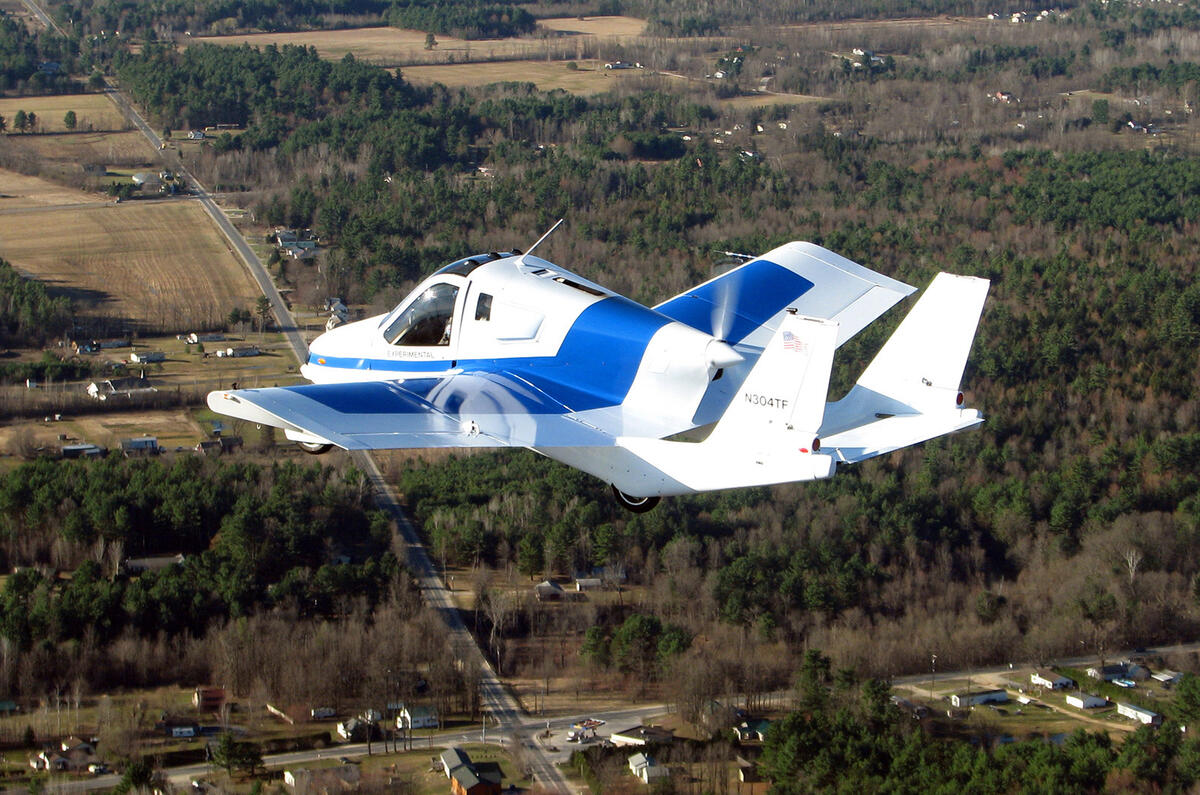
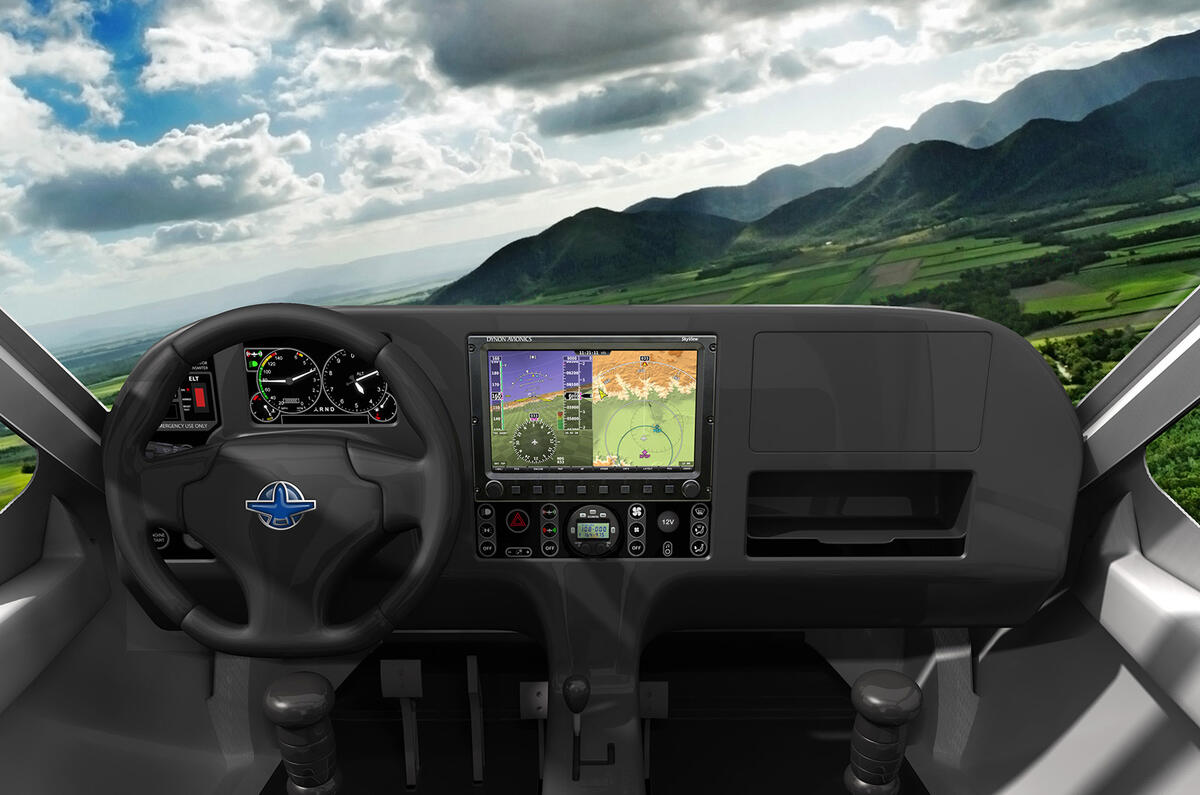
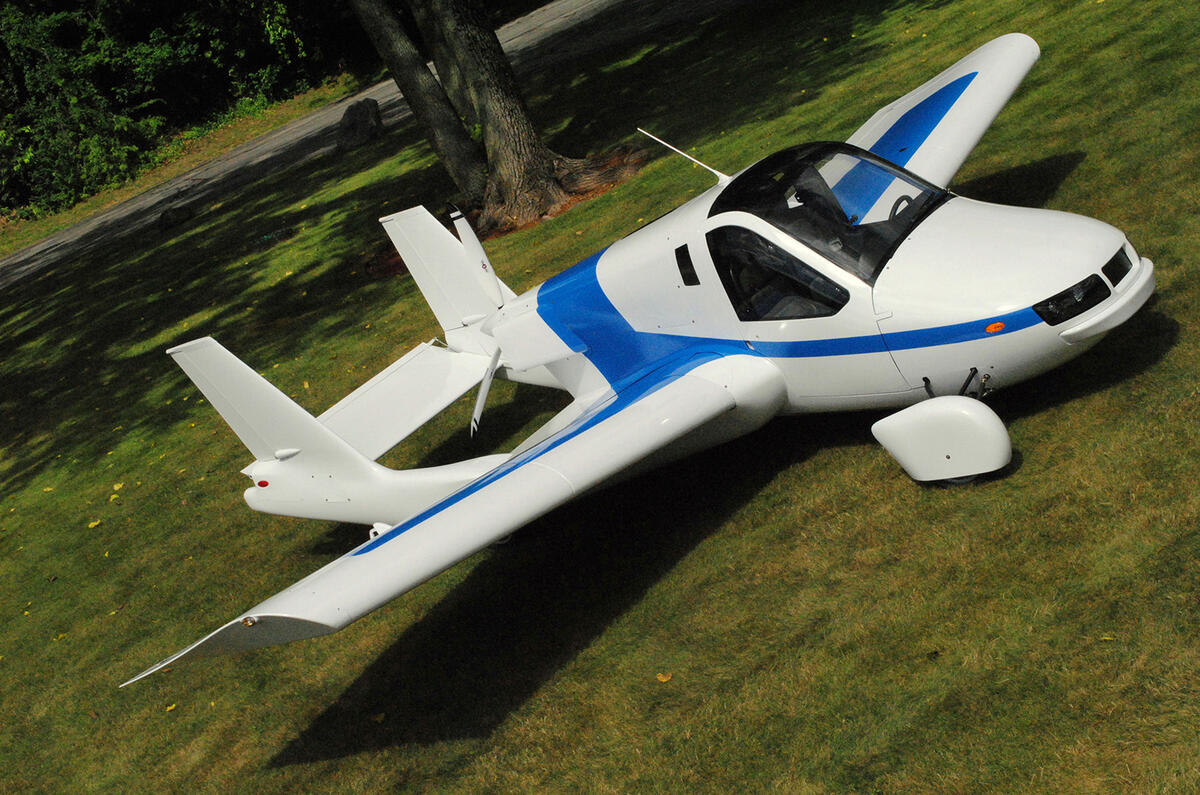
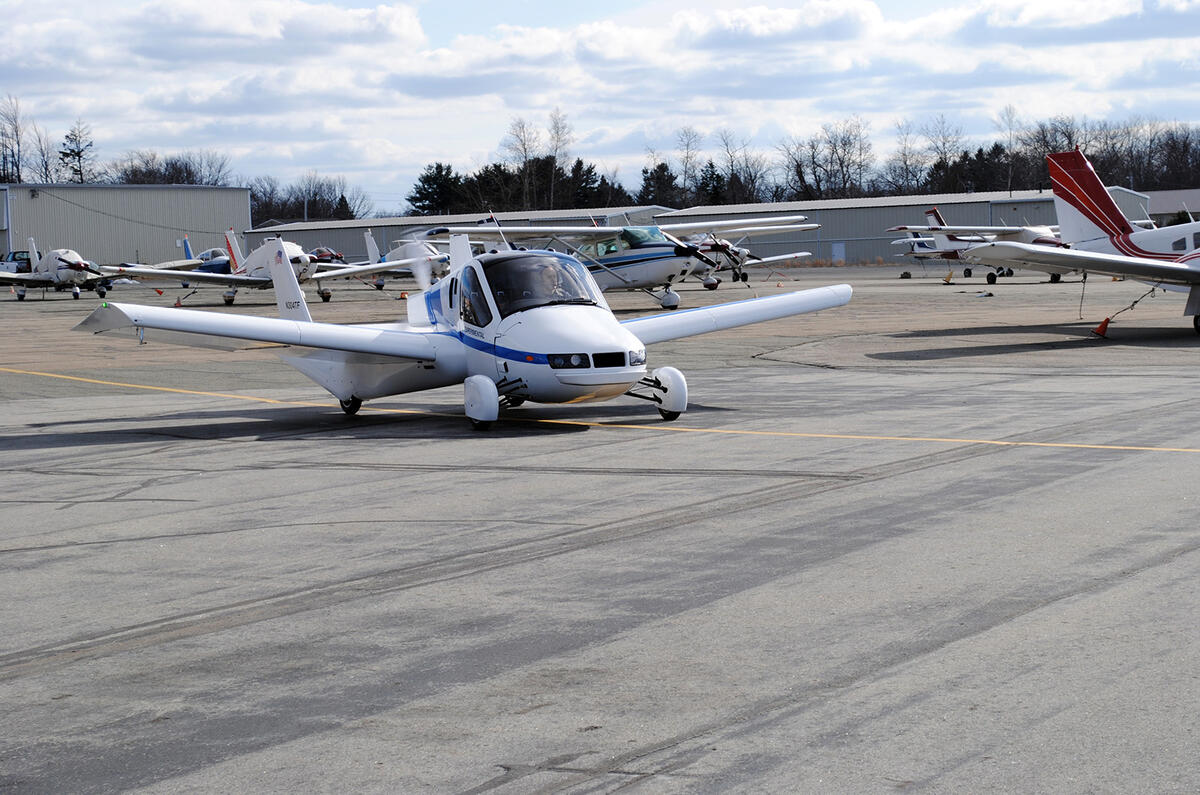
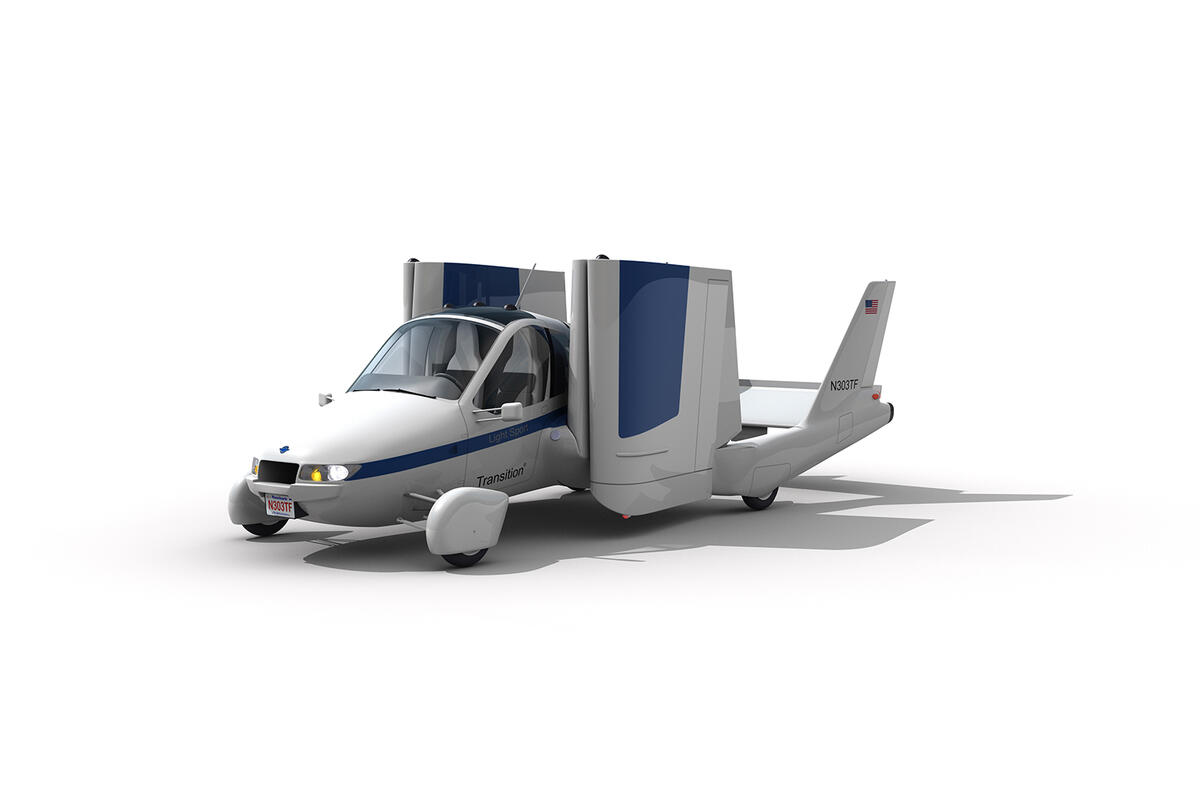
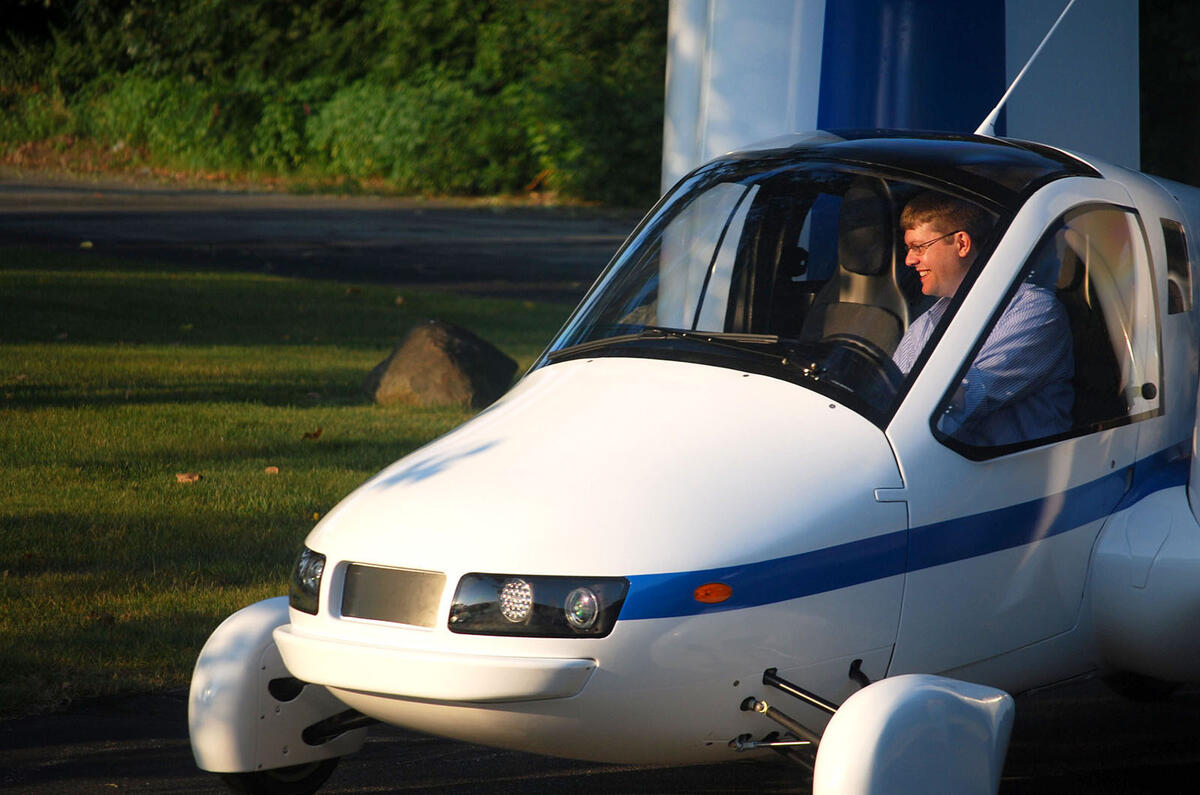
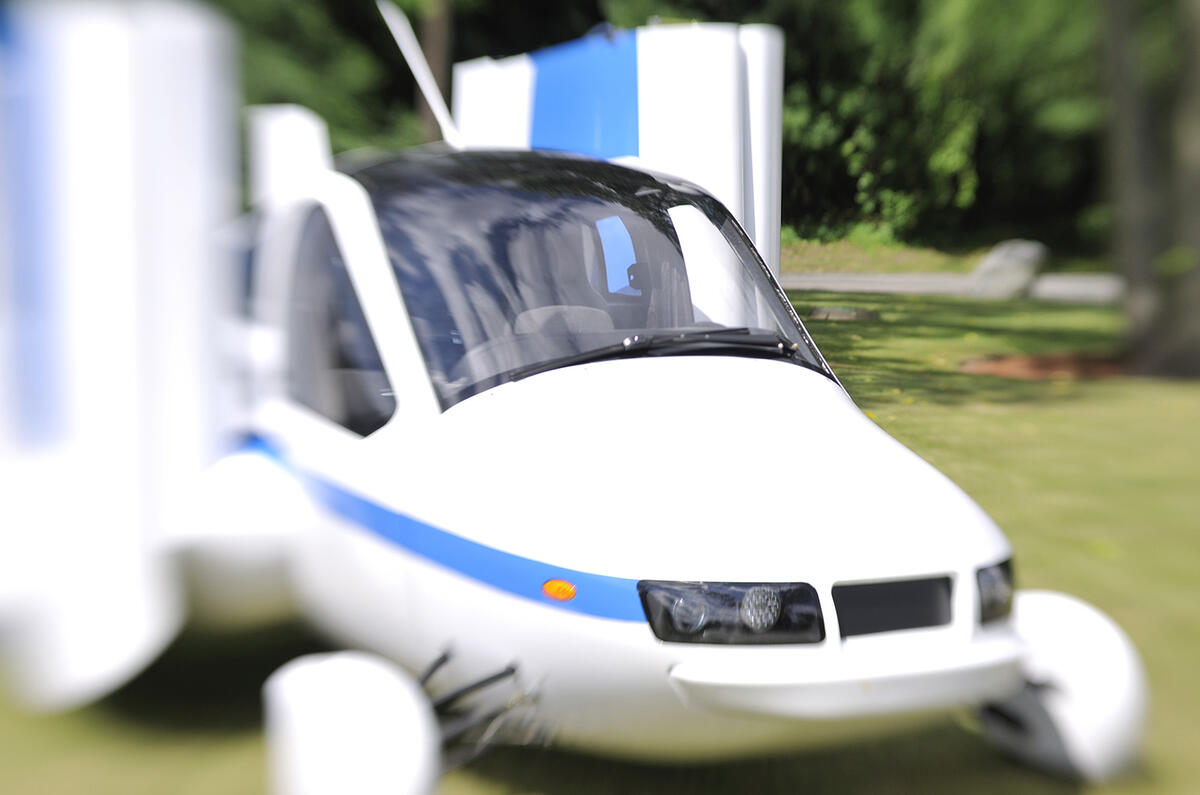
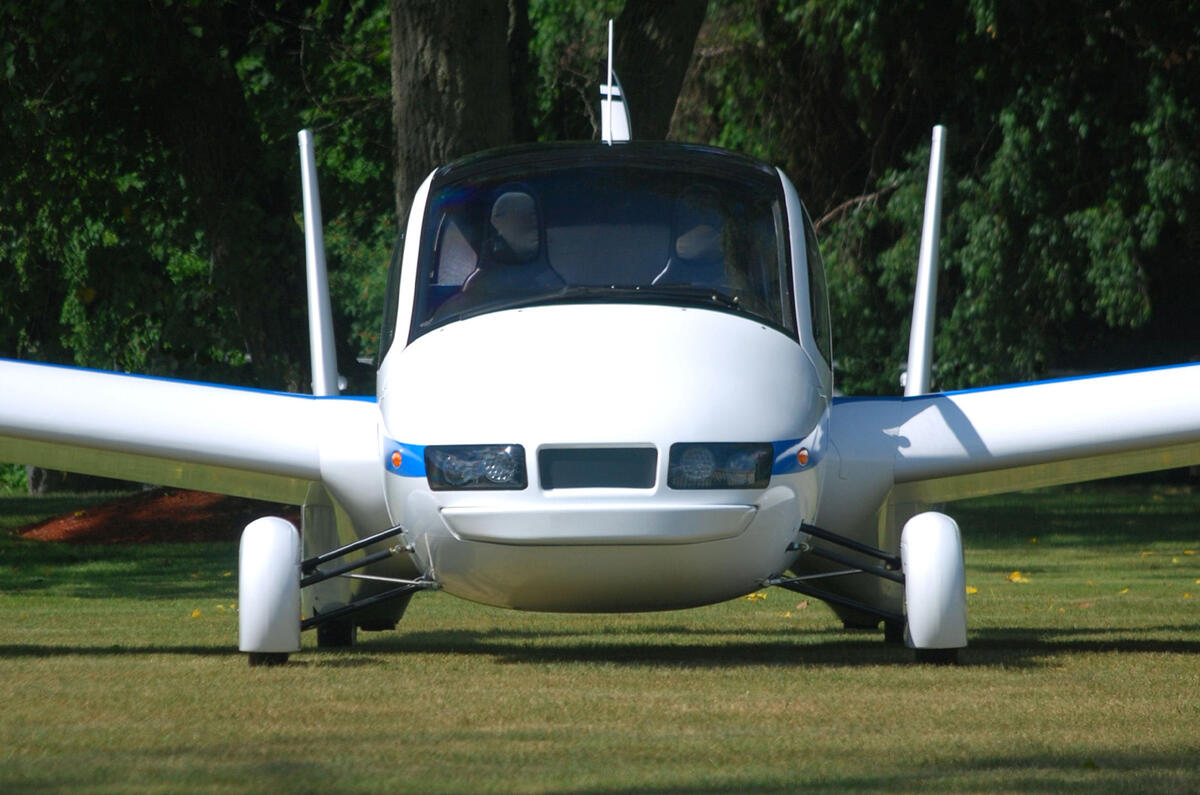
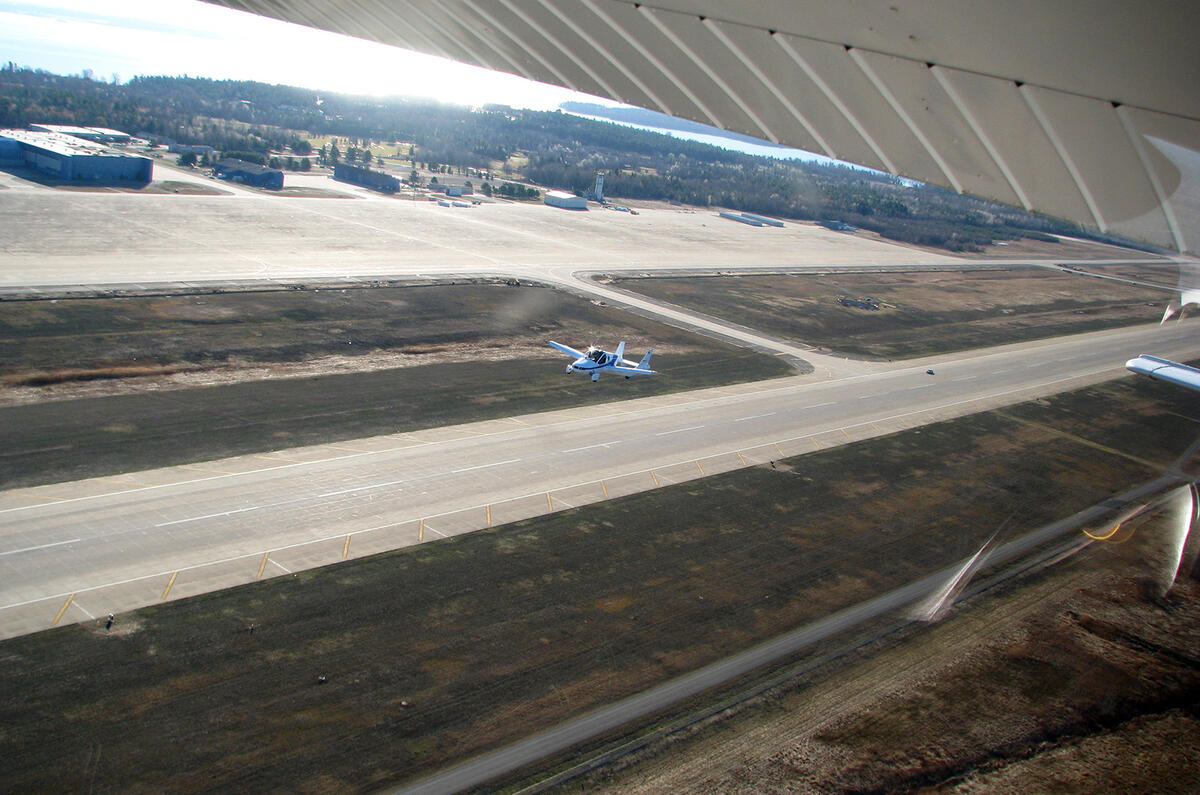
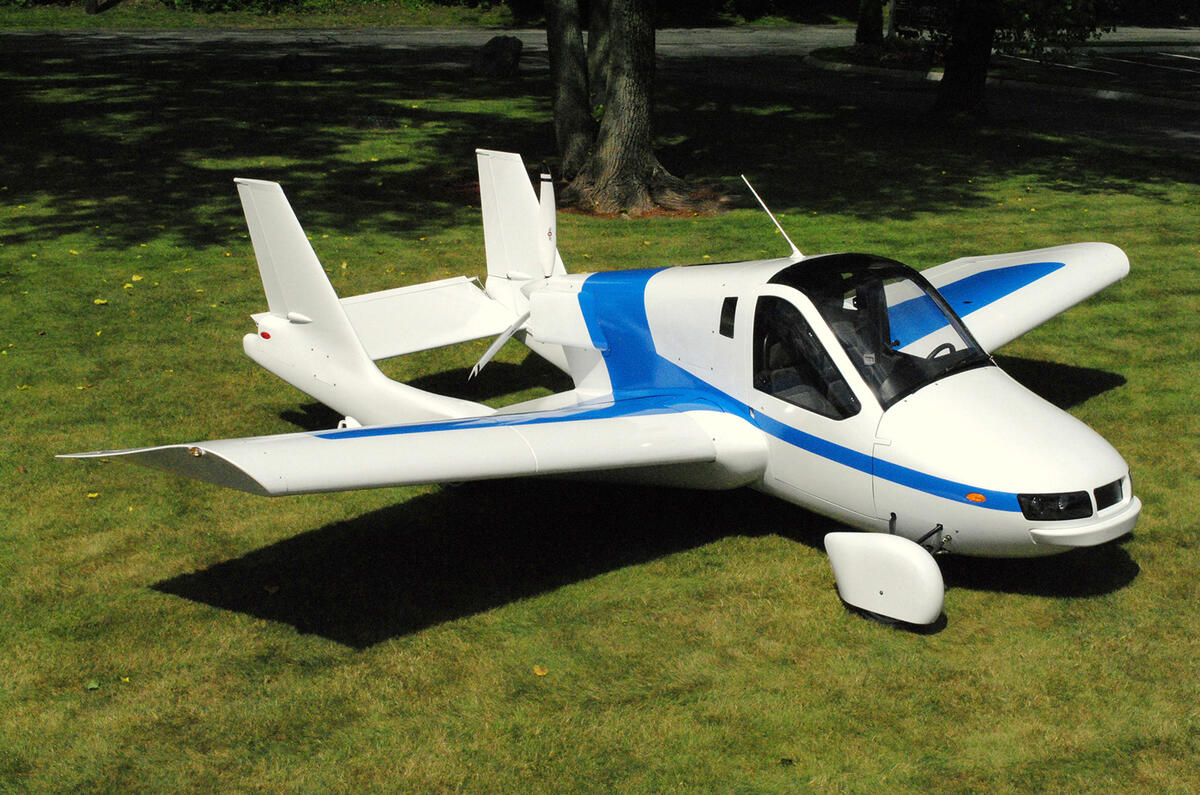
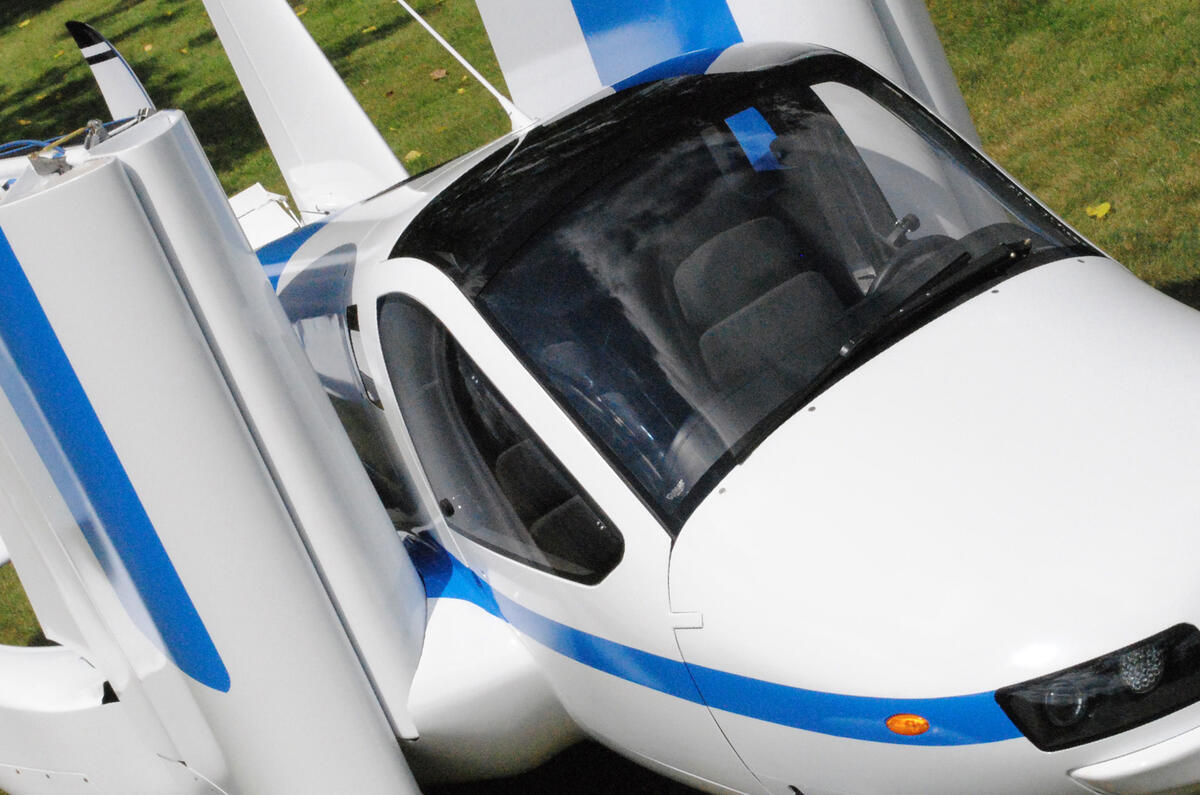
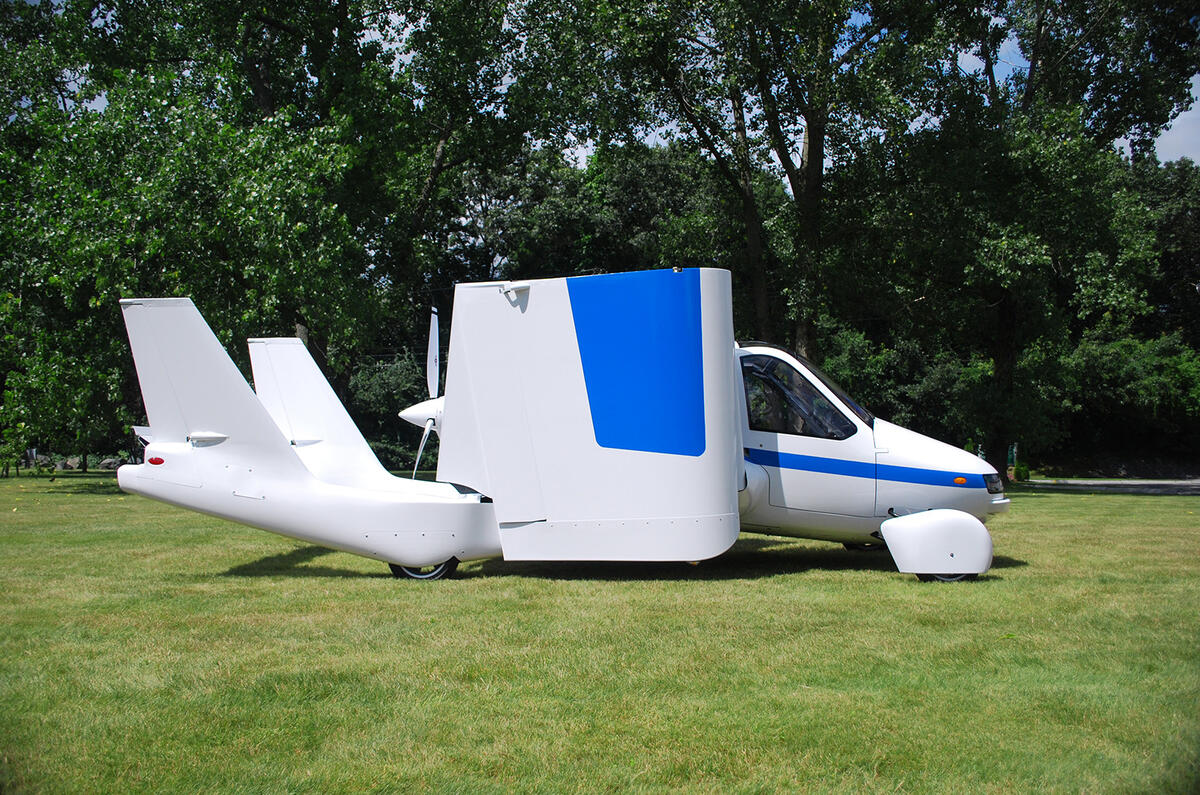
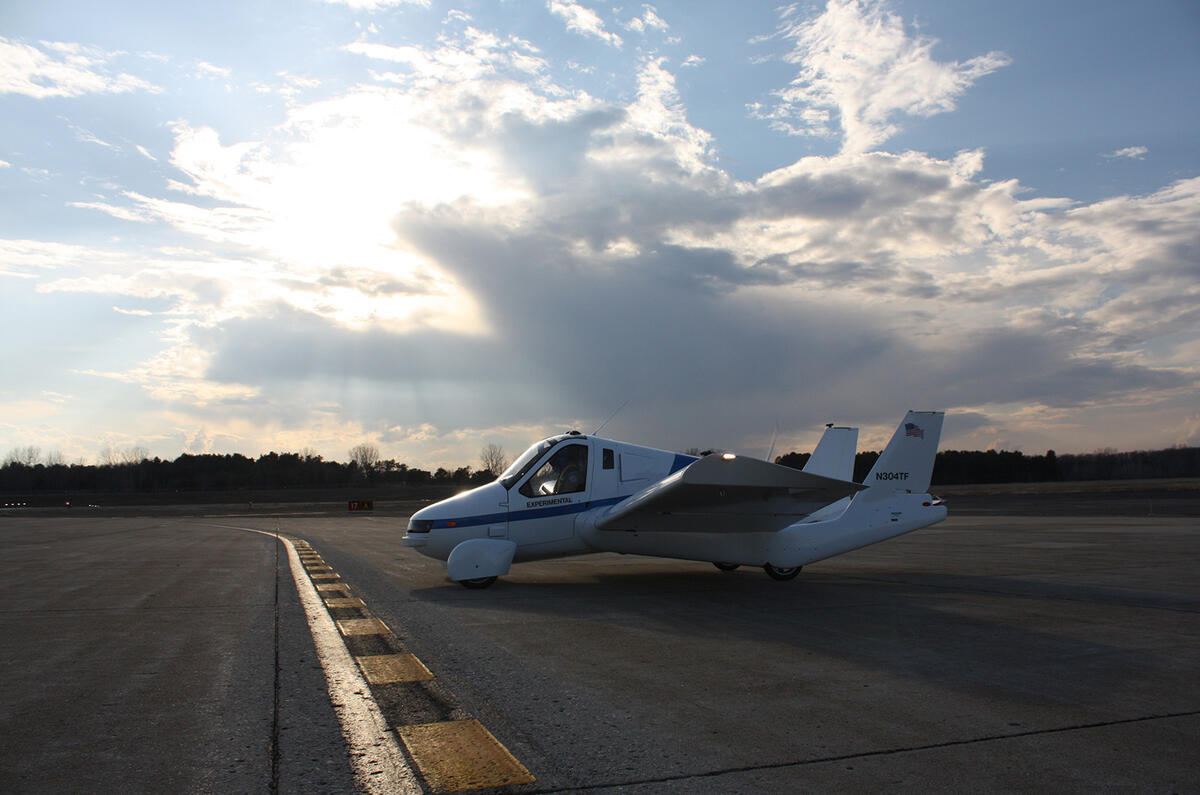
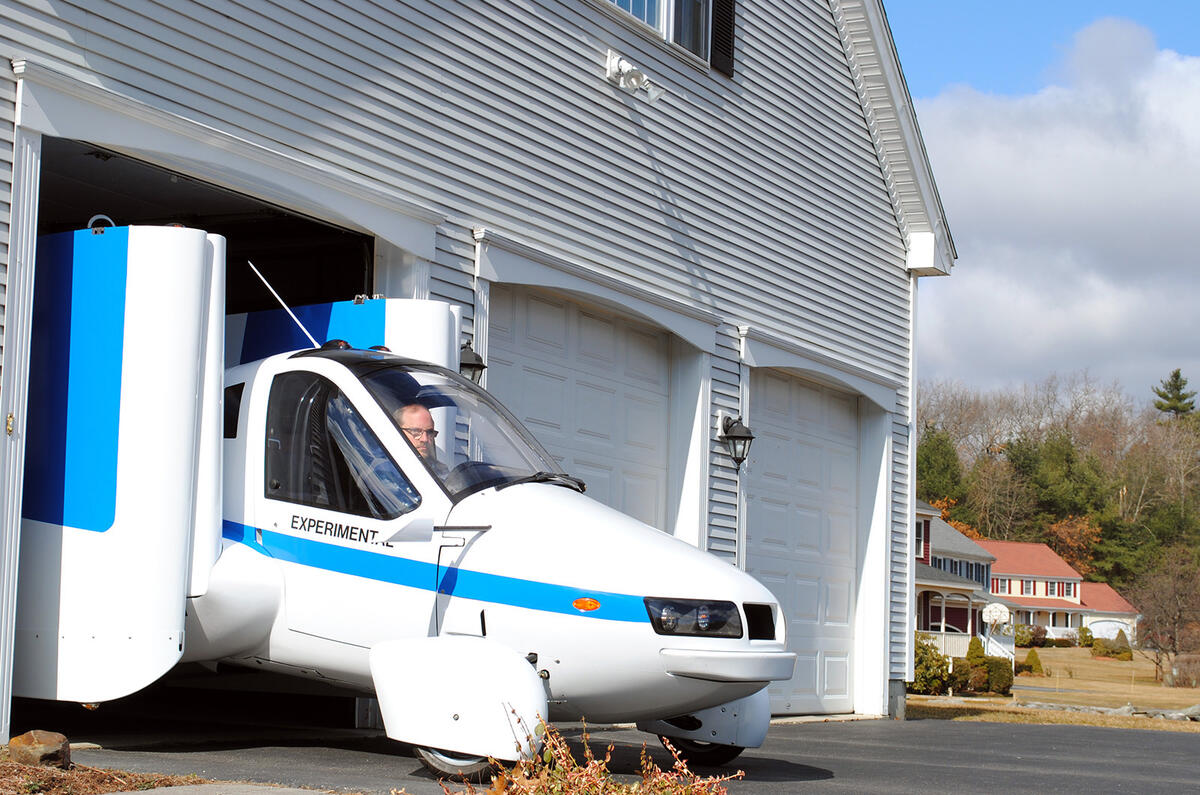
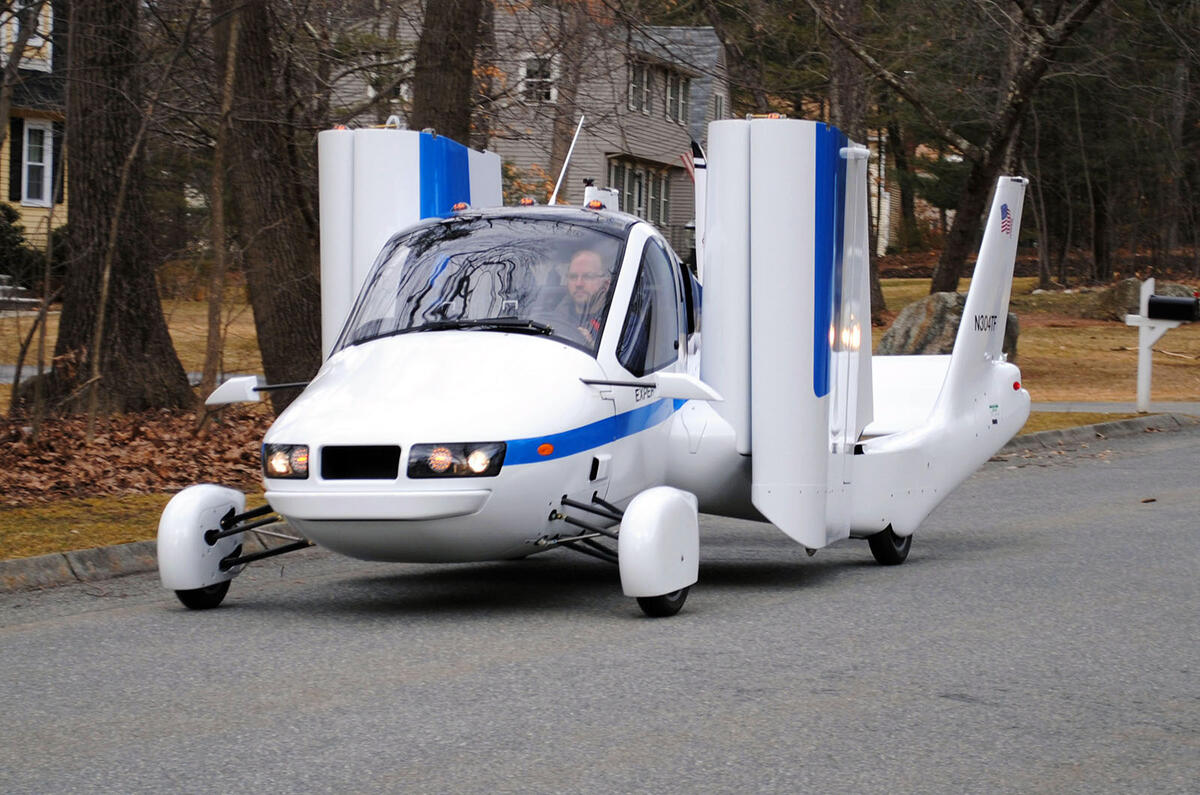
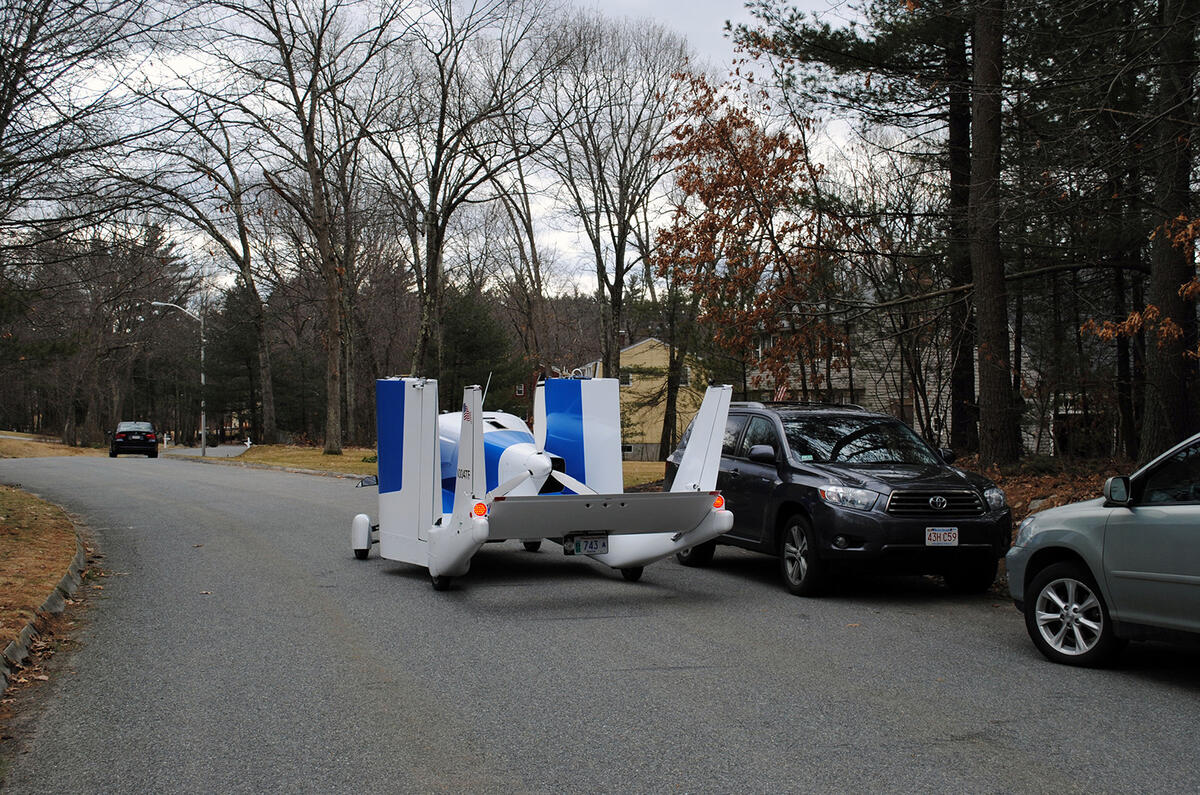
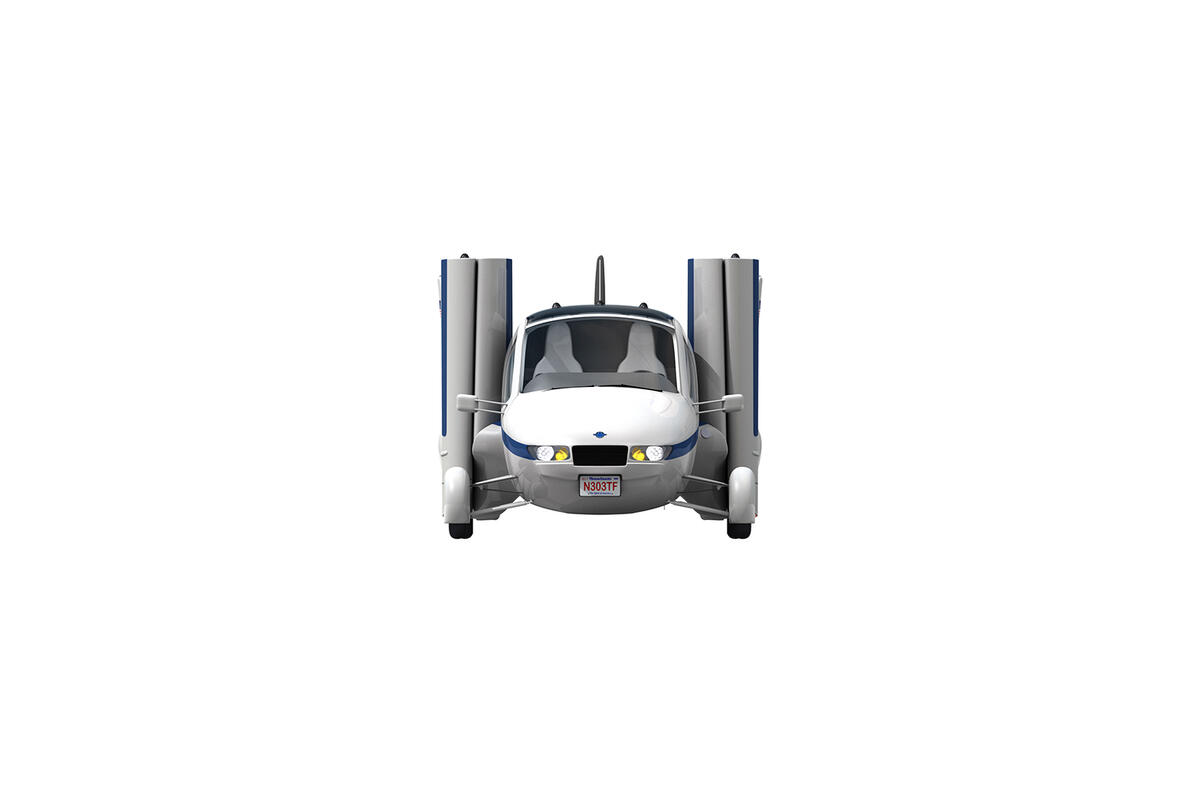
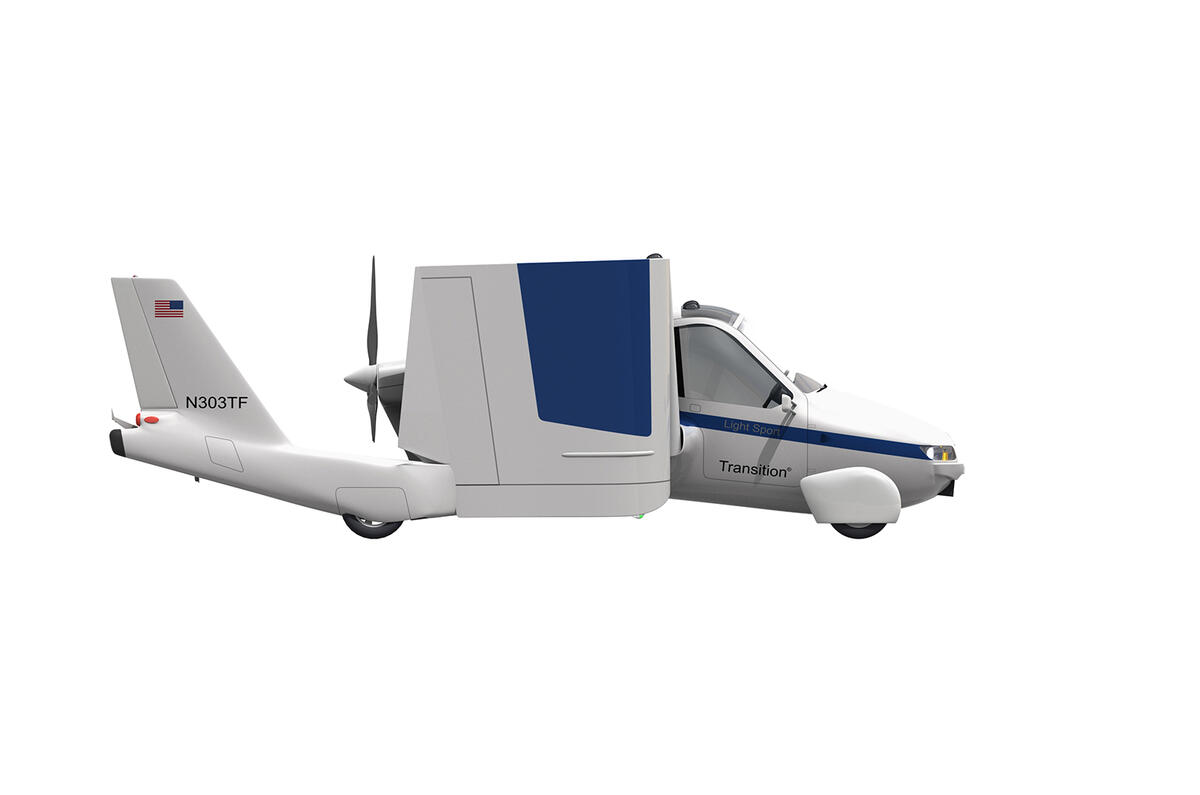
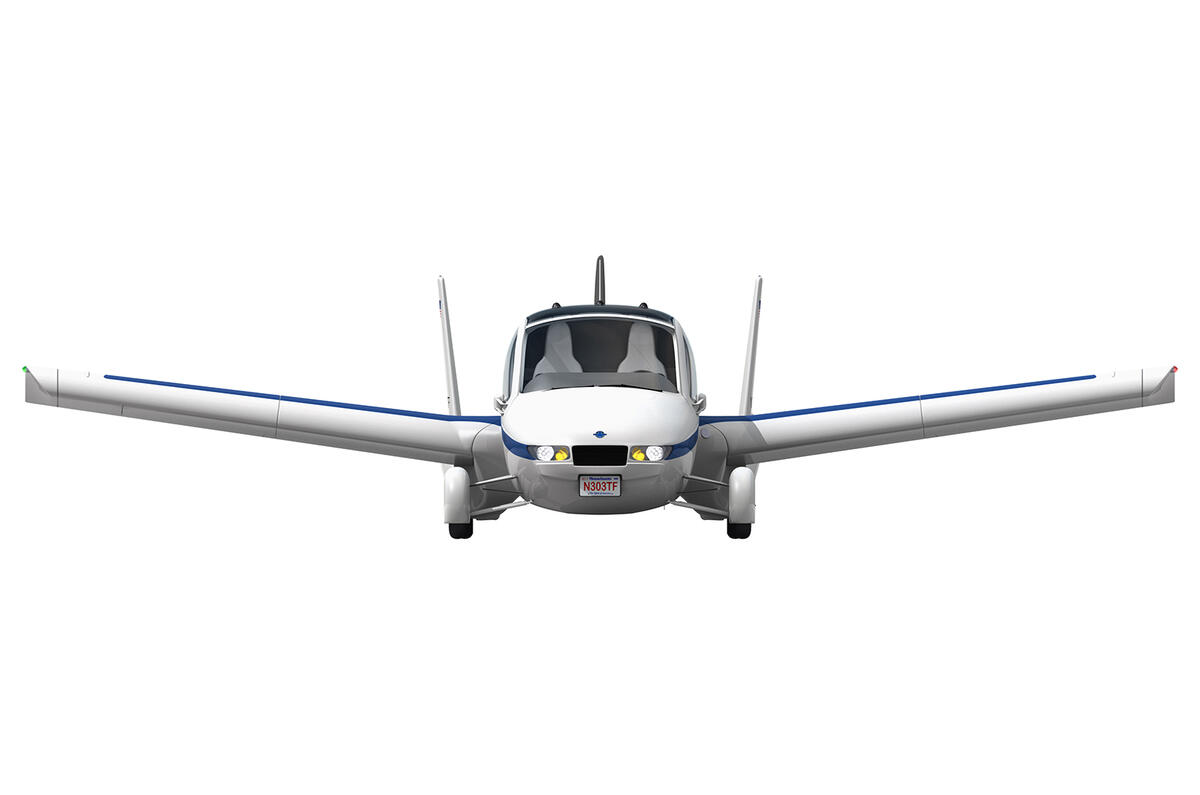
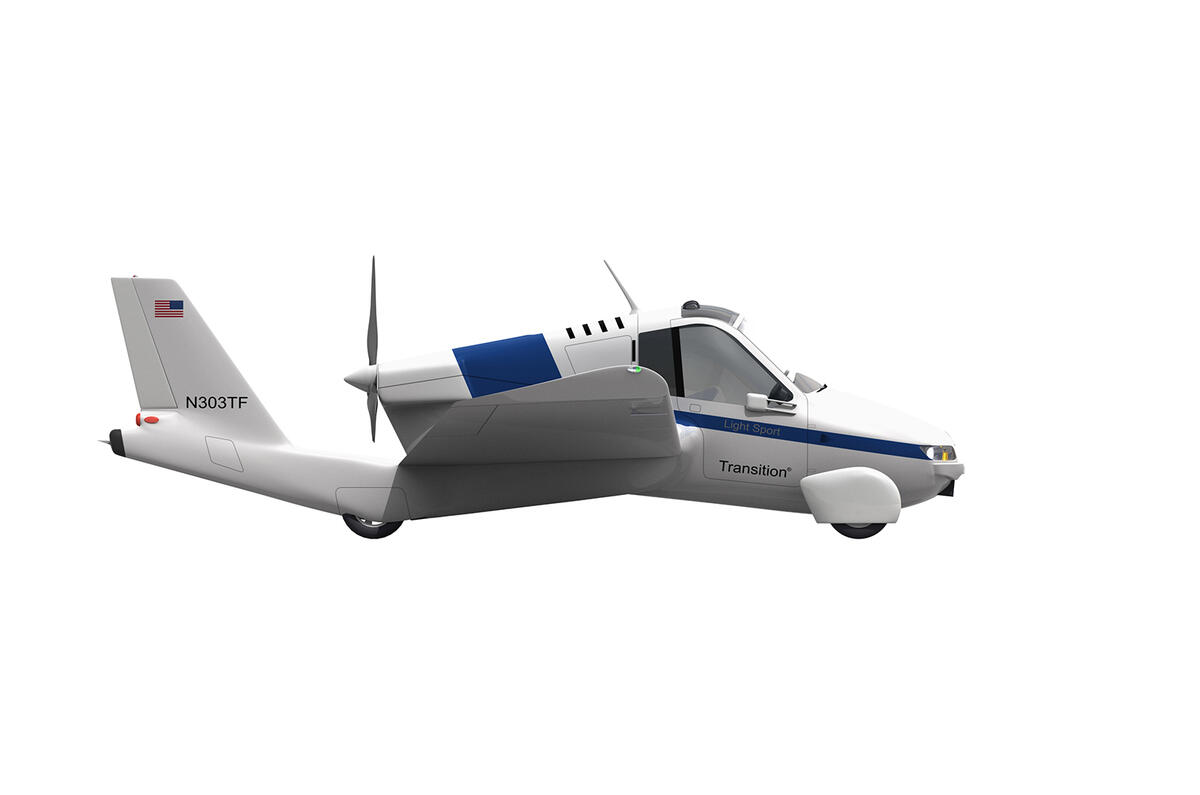
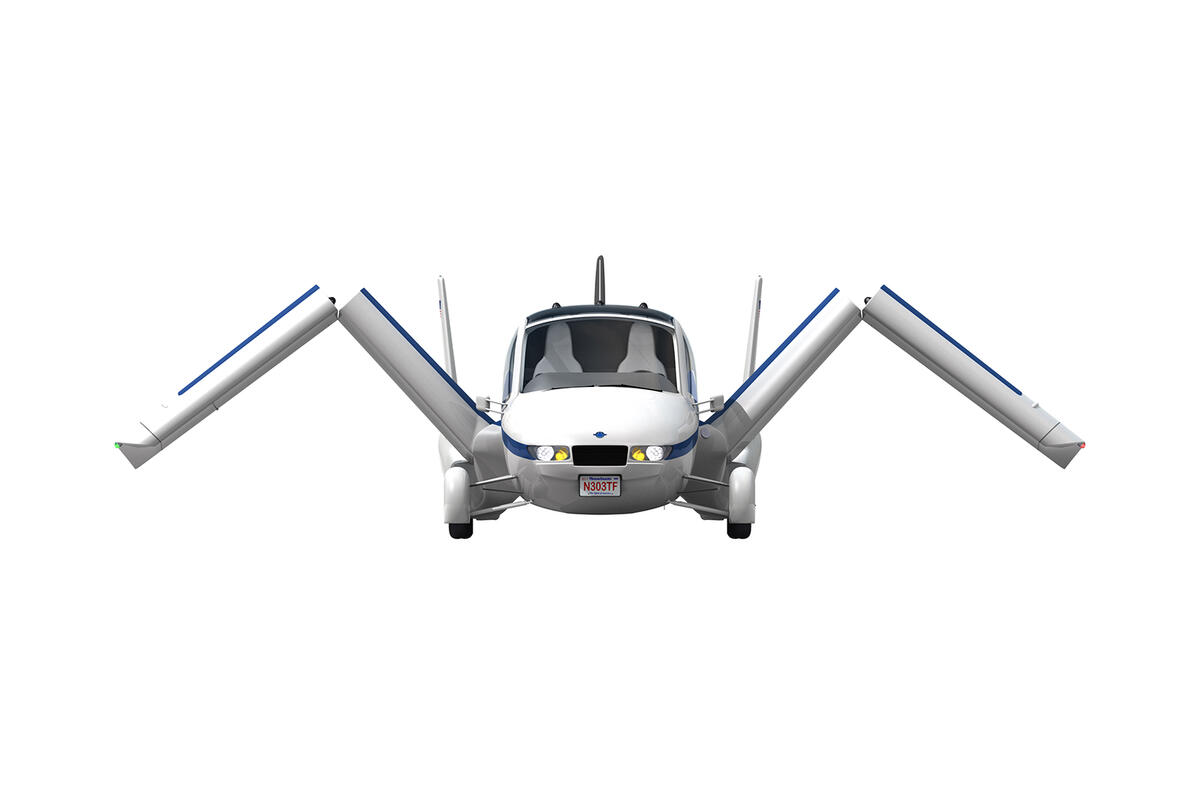
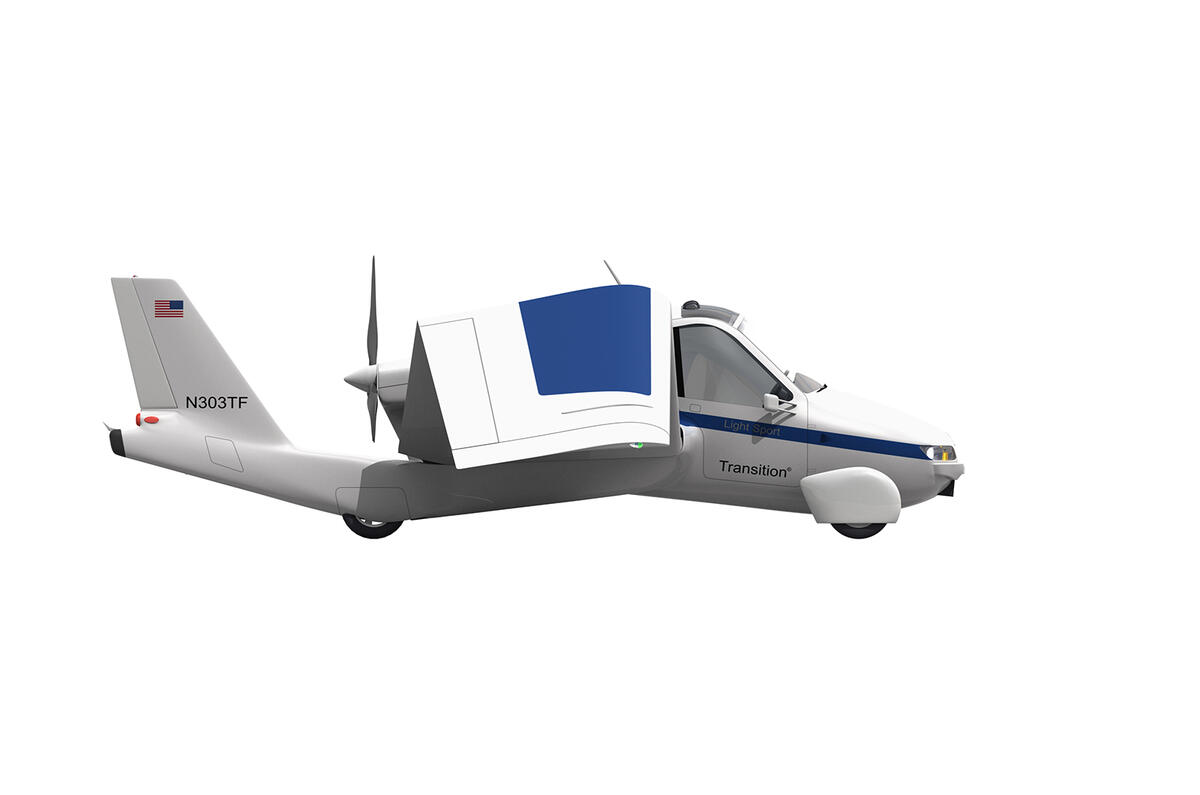
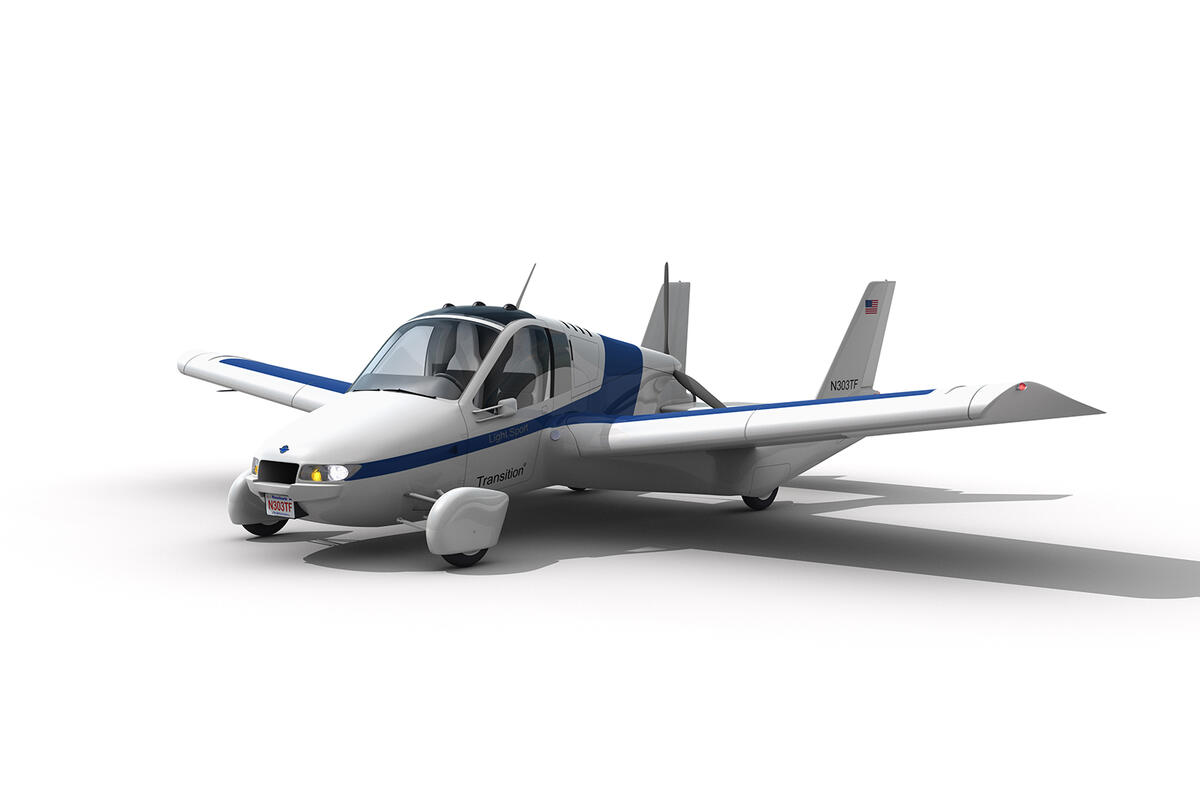
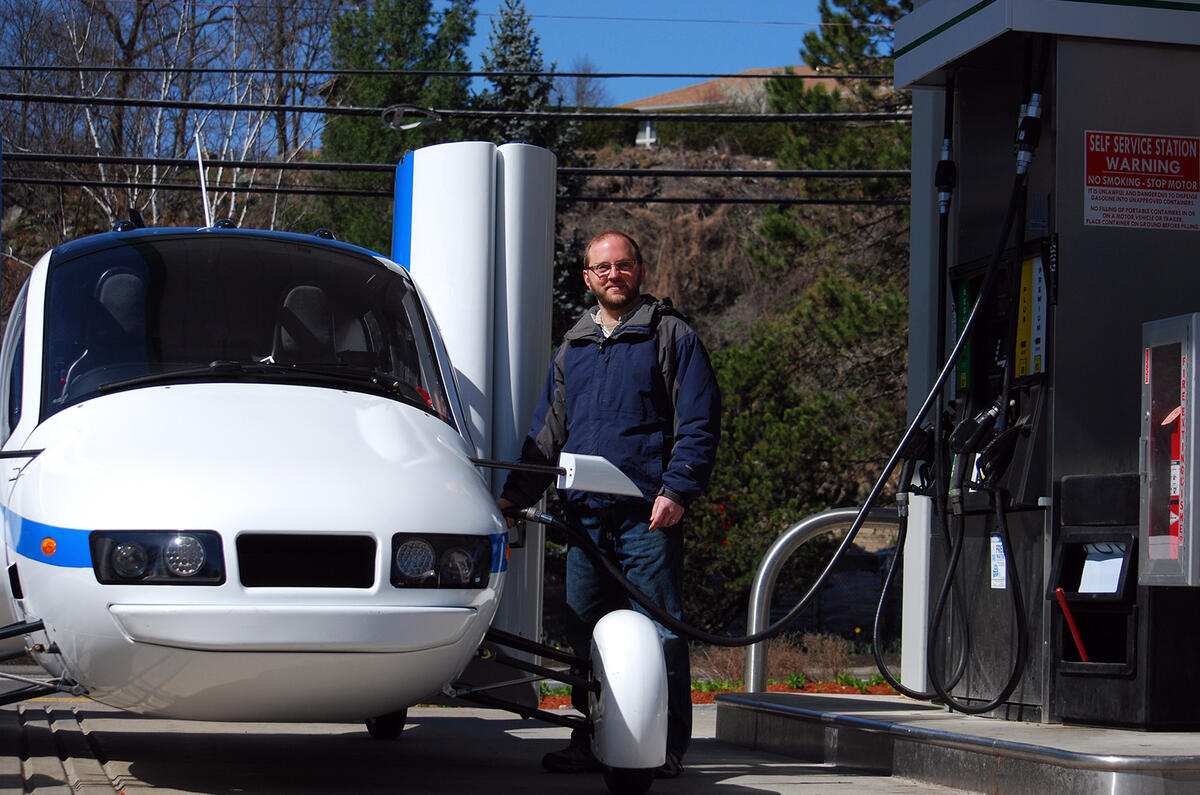

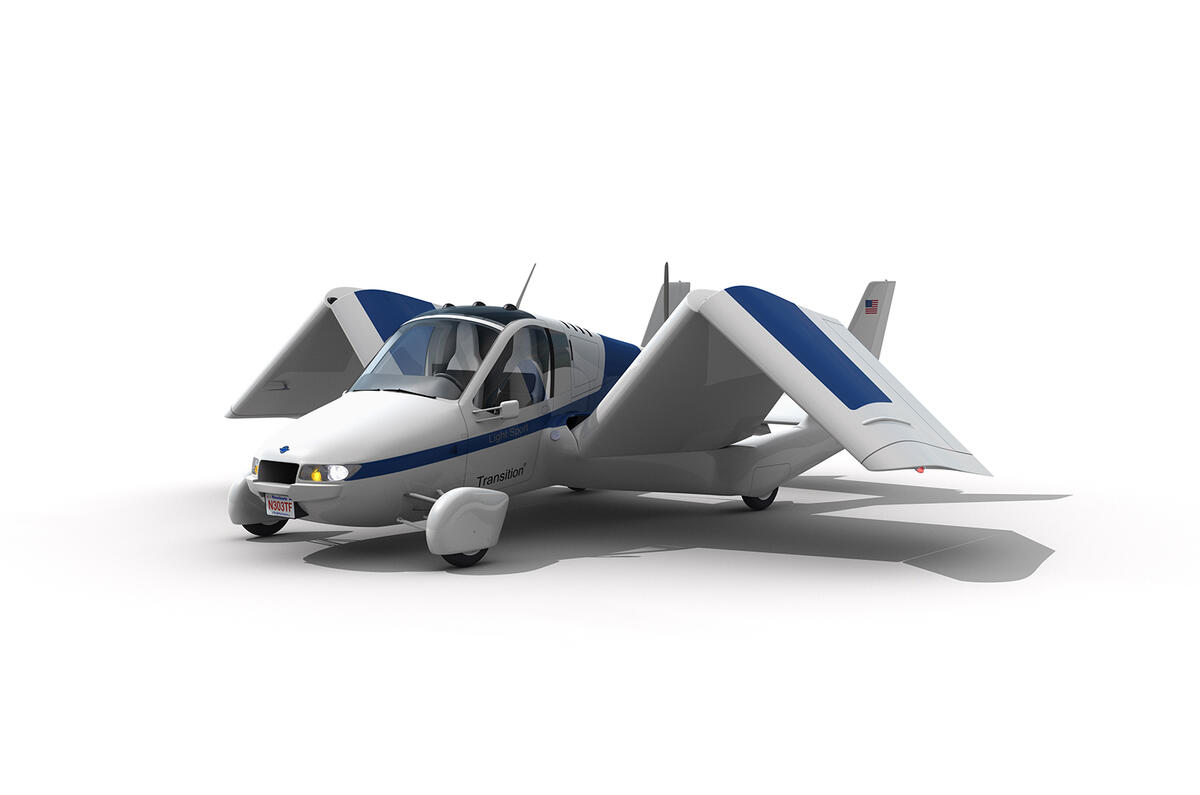
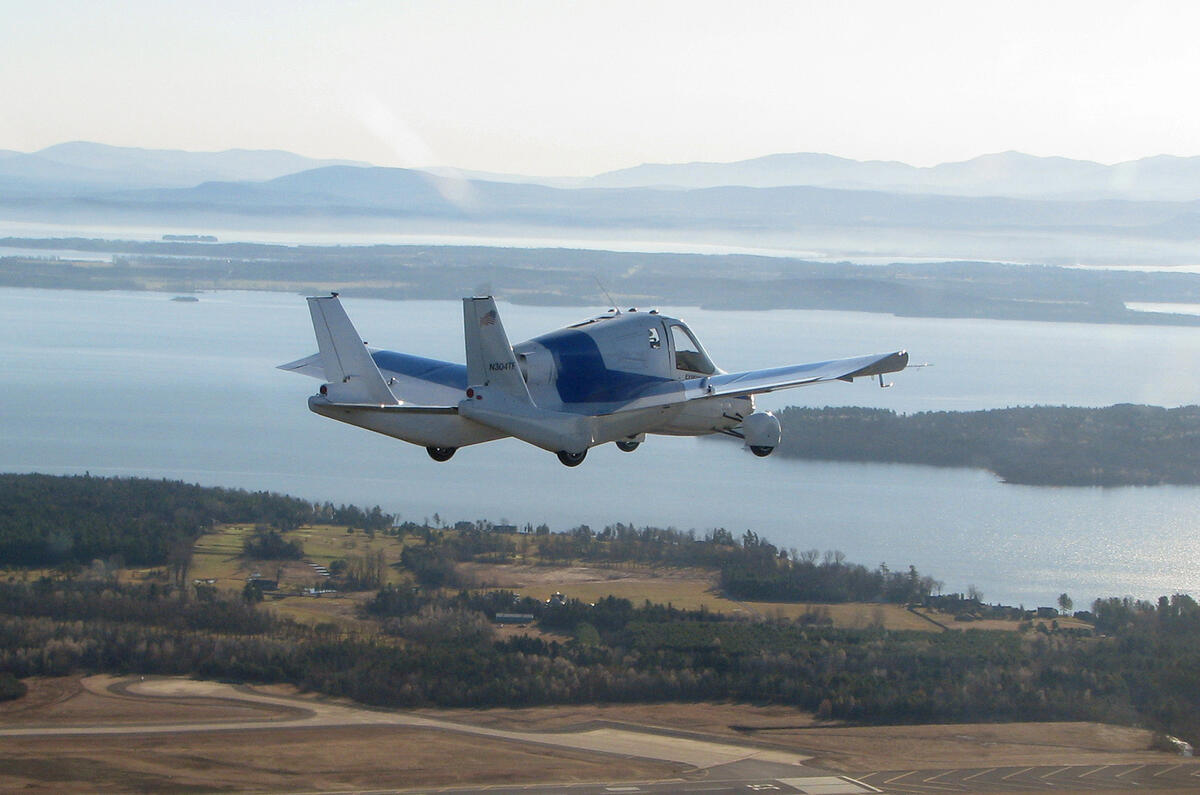
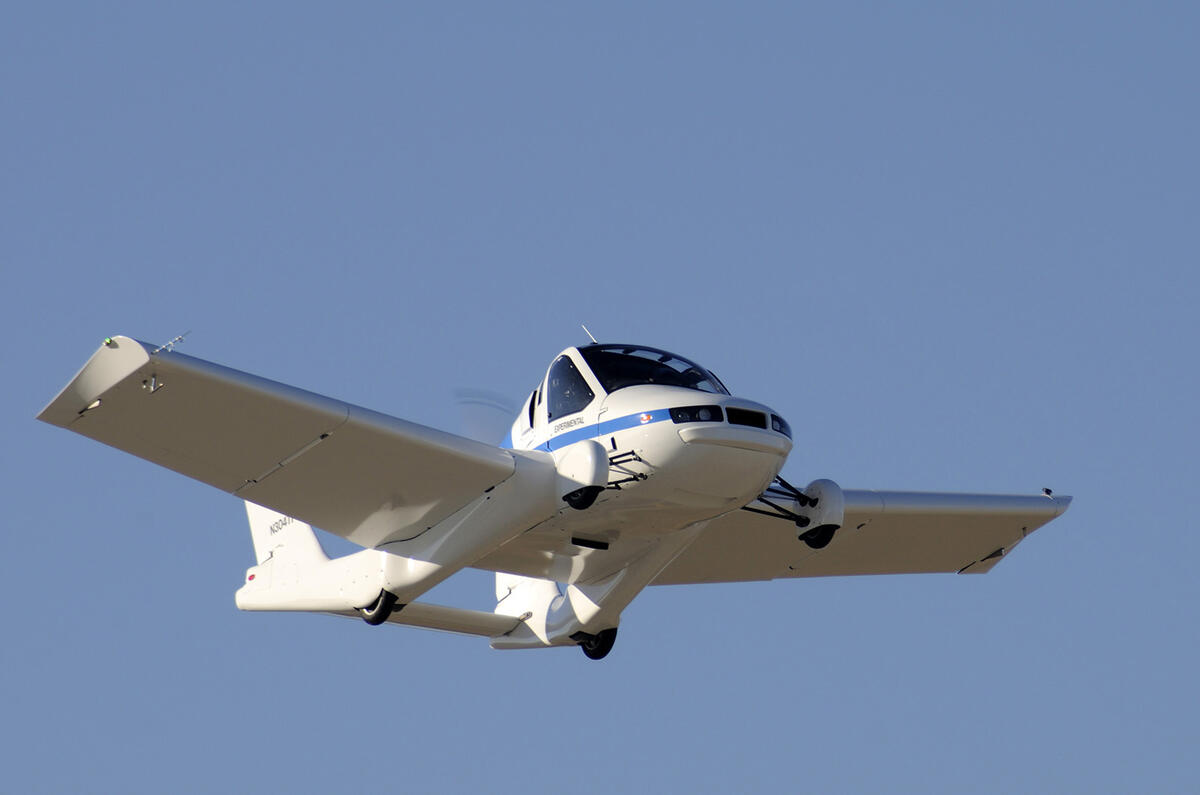
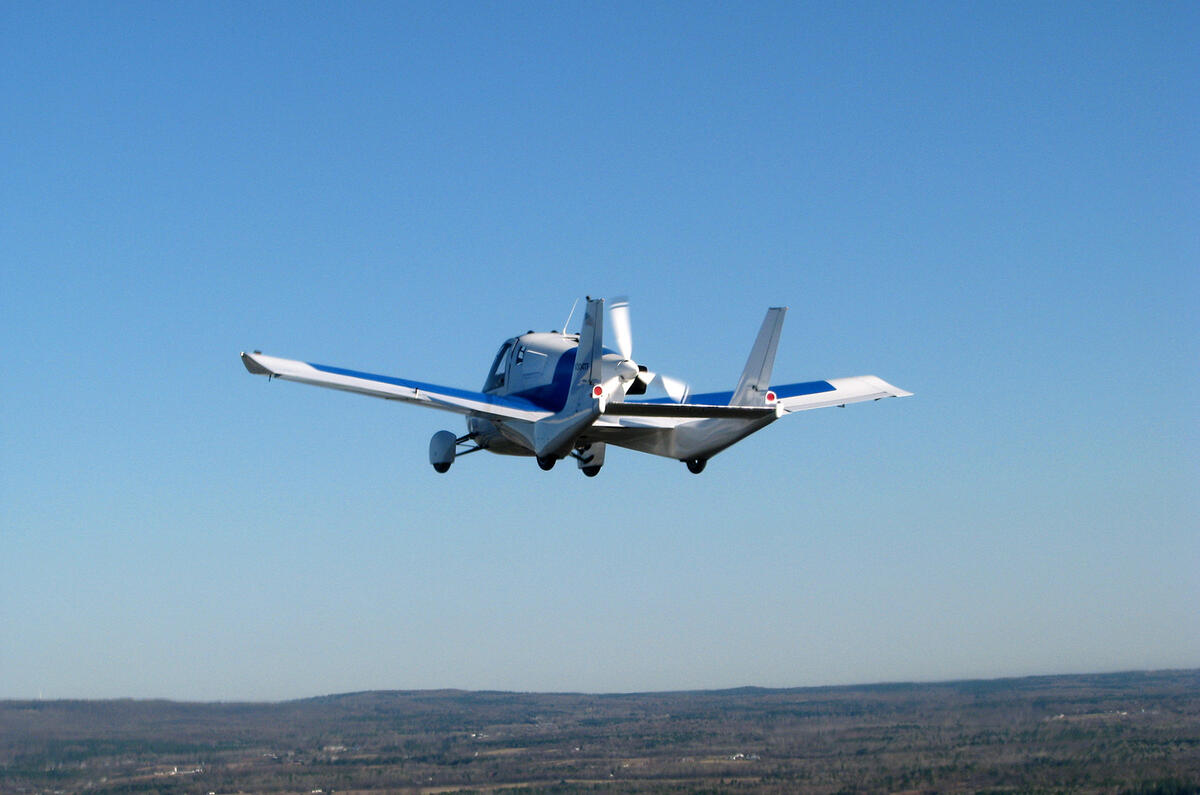
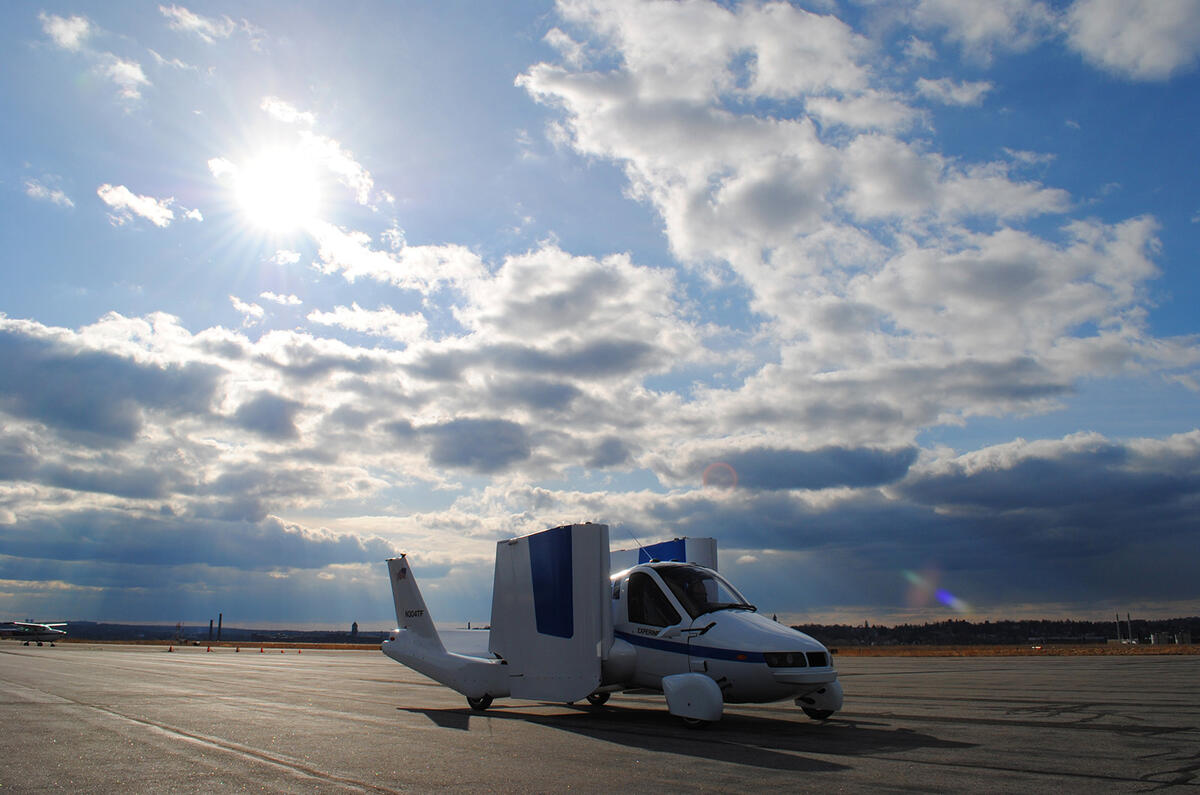
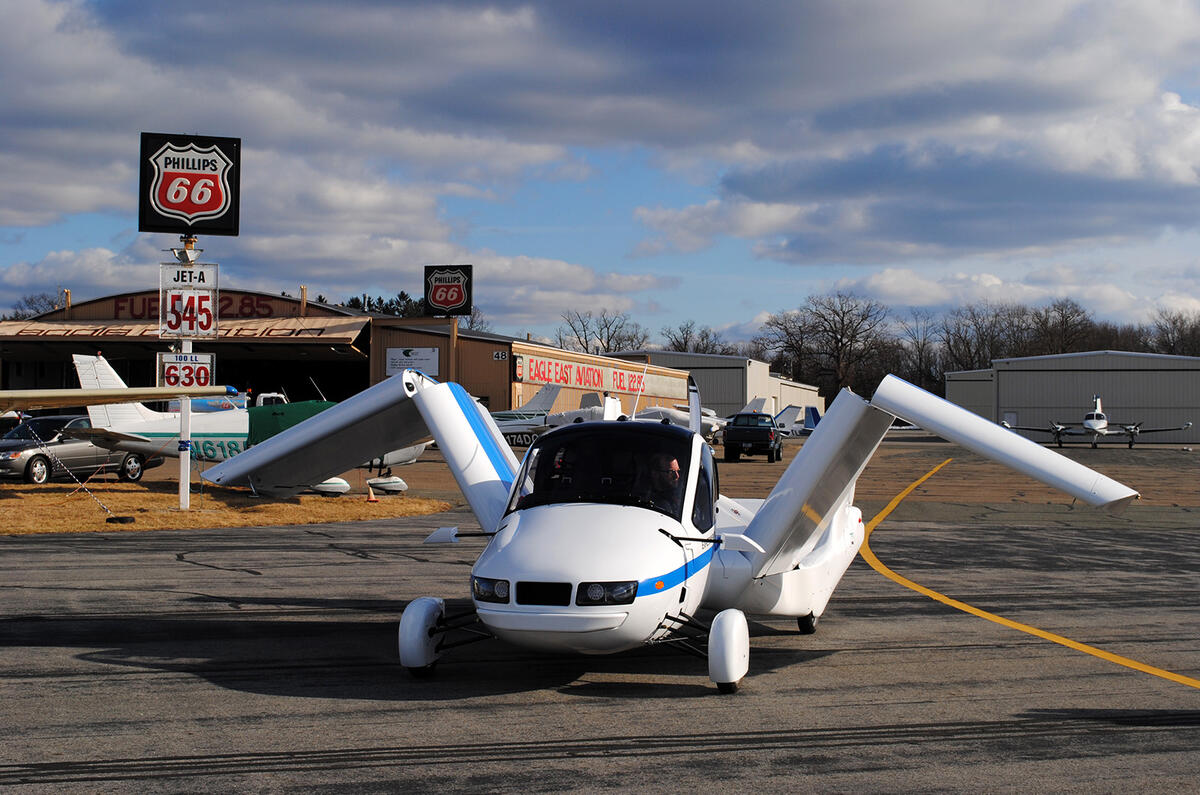
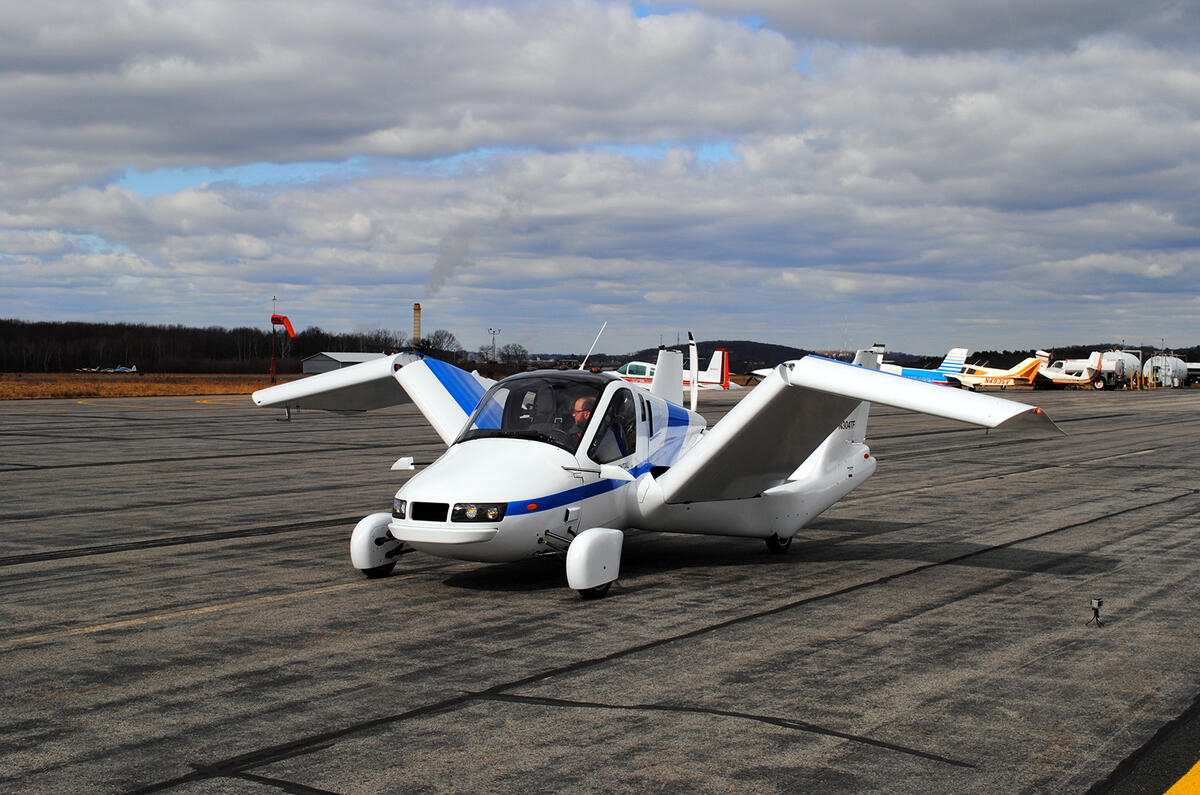
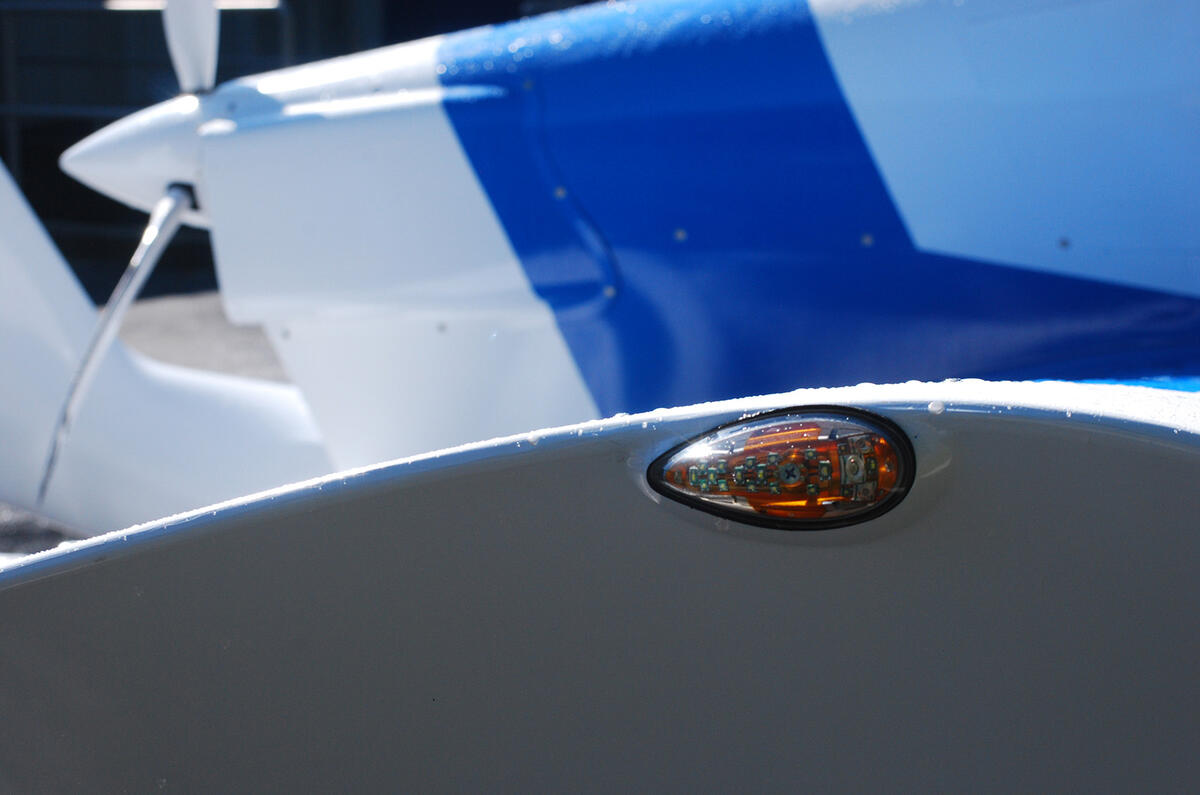
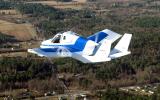
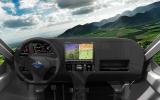
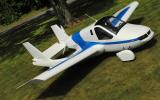

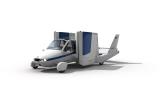
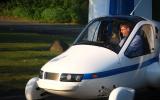
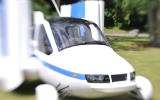
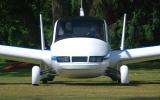
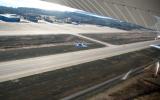
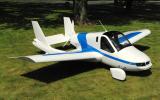
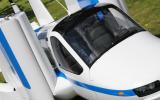
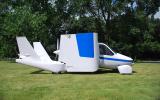
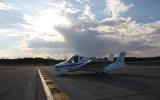
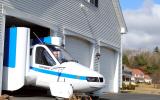
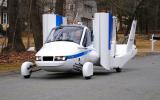

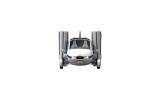
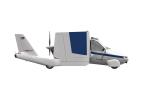
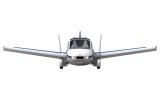
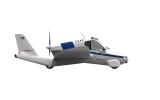
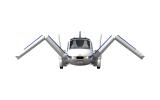
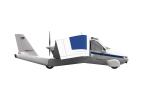
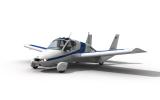
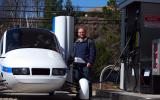
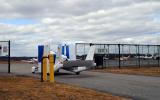
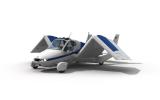
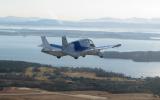
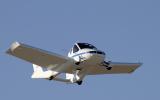
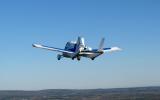
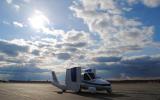
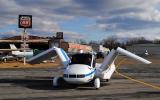
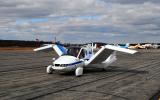
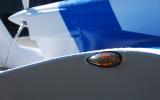


Add your comment